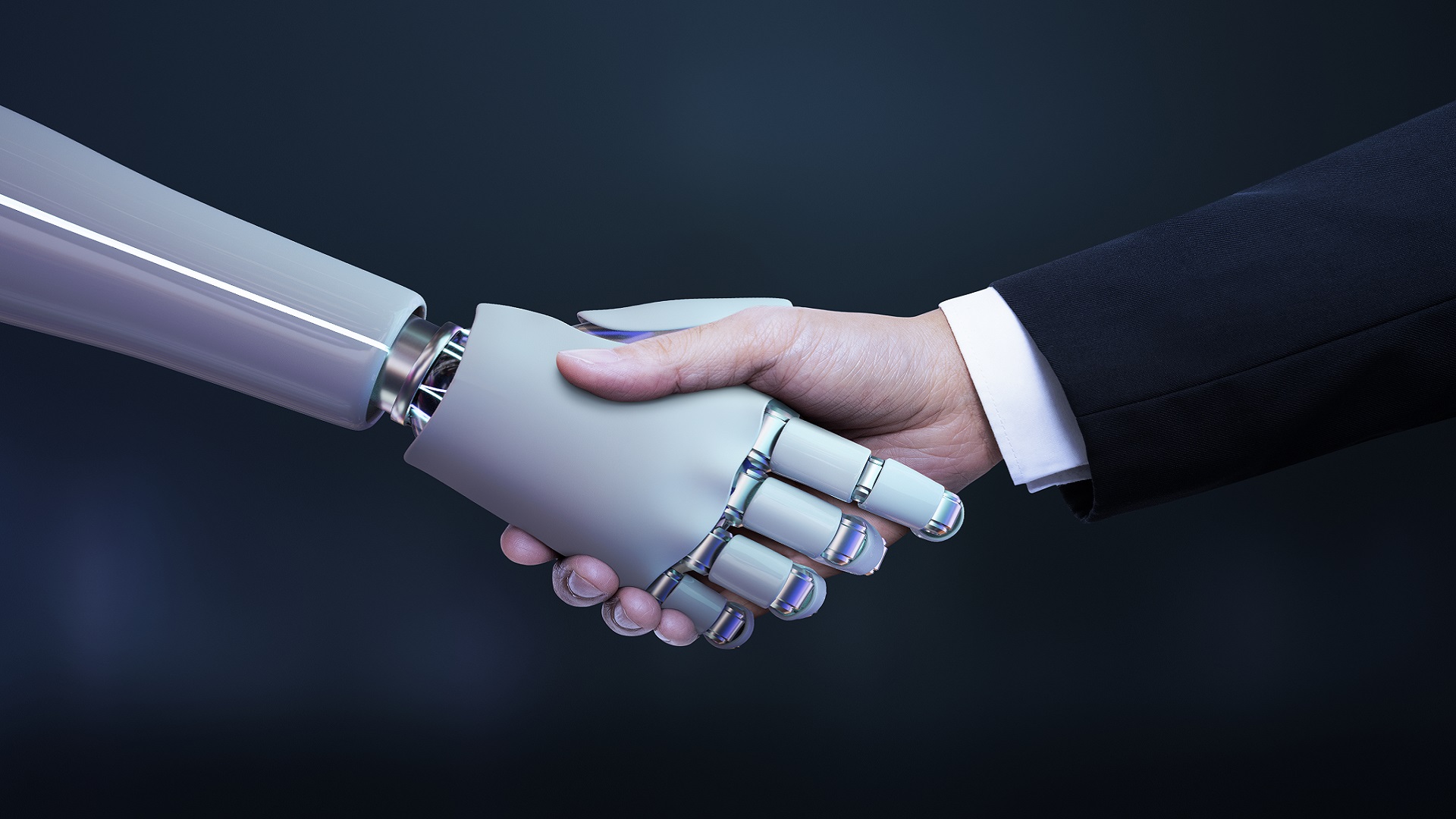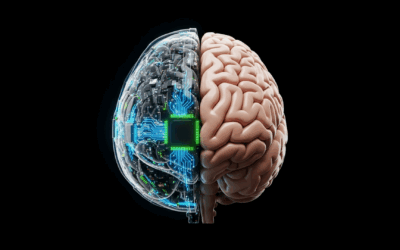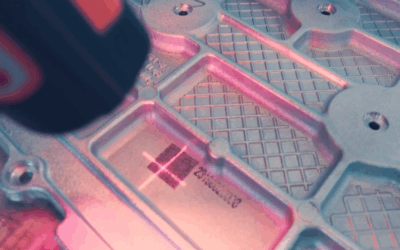In recent years, AI has become more powerful and its applications to business have increased dramatically. As a result, companies that hadn’t seriously considered using AI are taking a fresh look. The appeal is obvious: different forms of AI can enhance performance through, prediction, automation of routines, identification of images essential to operational activities, or the identification of key words, phrases and patterns in voice and text for information management.
Where organizations often struggle is in knowing where to invest in an AI project that will really pay off. But if AI hasn’t been a part of your company before, it can be hard to know where the real potential — and risks — lie. While AI may promise valuable gains, those gains come with a pricetag, and leaders should feel confident that they’re picking the right project before they commit.
If your company is thinking about adopting AI, you should consider how it might create value, what good first projects might be, and whether you have the right talent on staff for your efforts to succeed in the long run. A first AI project can be daunting, but knowing which factors to focus on will bring the project down to earth — and clarify whether it’s worth the investment at all.
Read more here.
Harvard Business Publishing (HBP) was founded in 1994 as a not-for-profit, wholly-owned subsidiary of Harvard University, reporting into Harvard Business School. Our mission is to improve the practice of management in a changing world. This mission influences how we approach what we do here and what we believe is important.




